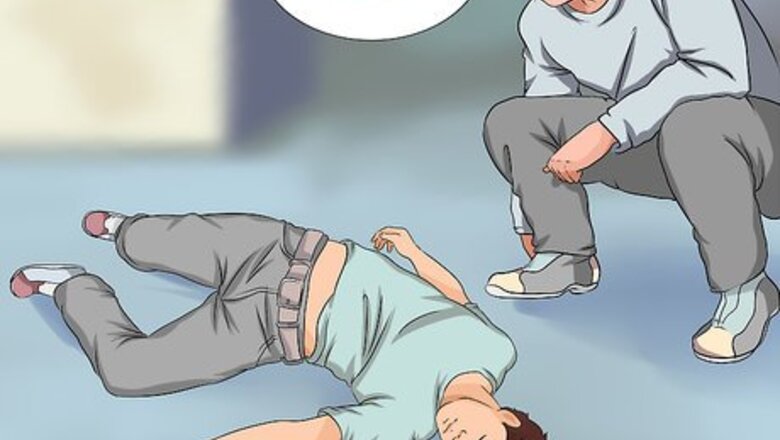
views
X
Research source
Taking Vitals
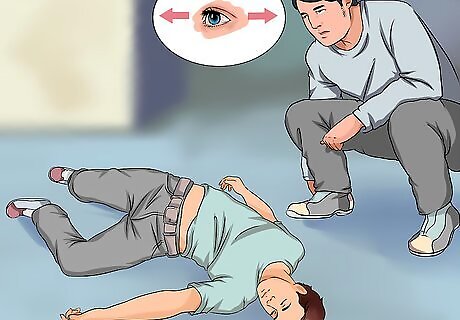
Check the scene for immediate danger. Make sure you're not putting yourself in harm's way by administering CPR to someone unconscious. Is there a fire? Is the person lying on a roadway? Do whatever is necessary to move yourself and the other person to safety. If there is anything that could endanger you or the victim, see whether there is something you can do to counteract it. Open a window, turn off the stove, or put out the fire, if possible. However, if there is nothing you can do to counteract the danger, move the victim. The best way to move the victim is by placing a blanket or coat underneath their back and dragging it.
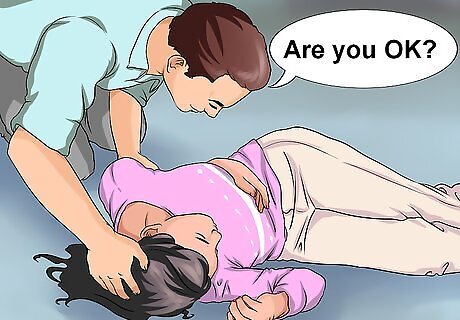
Assess the victim's consciousness. Gently tap his or her shoulder and ask "Are you OK?" in a loud, clear voice. If he or she responds agreement "Yeah" or such, CPR is not required. Instead, undertake basic first aid and take measures to prevent or treat shock, and assess whether you need to contact emergency services. If the victim does not respond, rub their sternum or pinch their earlobe to see if they respond. If they still don’t react, check for a pulse on their neck or under their thumb on the wrist.
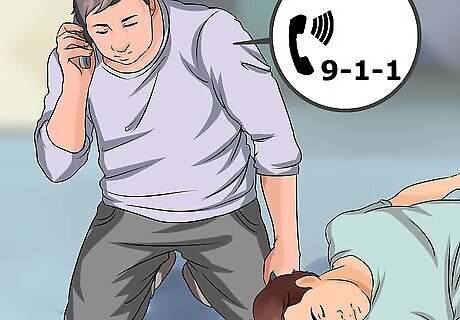
Send for help. The more people available for this step, the better. However, it can be done alone. Send someone to call for emergency medical services (EMS). If you’re alone, call for emergency services before starting. To contact emergency services, call• 911 in North America• 000 in Australia• 112 by cell phone in the EU (including the UK)• 999 in the UK and Hong Kong.• 102 in India•1122 in Pakistan • 111 in New Zealand•123 in Egypt•120 in China Give the dispatcher your location, and notify him or her that you're going to perform CPR. If you're alone, put your phone on speaker mode so your hands are free to start compressions. If you have someone else with you, do 2-man CPR and keep emergency services on speakerphone.
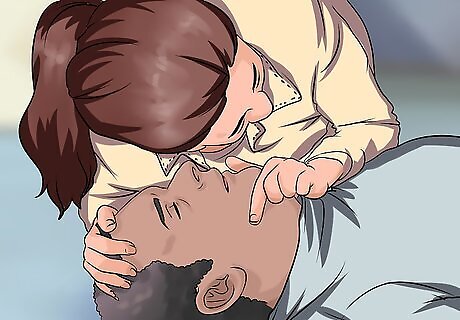
Check for breathing. And, make sure that the airway is not blocked. If the mouth is closed, tilt their head back so it opens up. Remove any visible obstacle that is in your reach but never push your fingers too far inside. Put your ear close to the victim's nose and mouth, and listen for slight breathing. Watch for rising and falling of the chest. If the victim is coughing or breathing normally, do not perform CPR.
Administering CPR
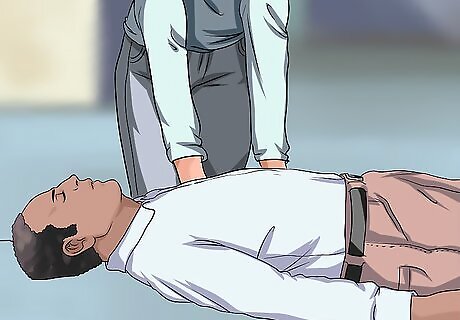
Place the victim on his or her back. Make sure he or she is lying as flat as possible - this is to prevent injury while you're doing chest compressions.Tilt their head back by using your palm against their forehead and a push against their chin.
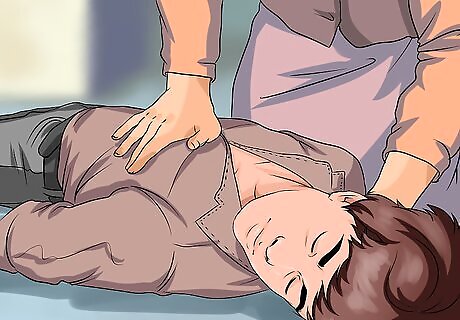
Expose the chest and place the heel of one hand on the victim's breastbone, 2 finger-widths above the meeting area of the lower ribs, exactly between the normal position of the nipples.
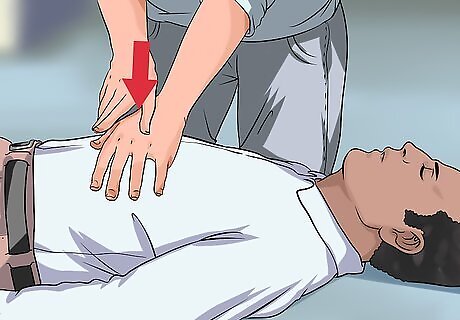
Place your second hand on top of the first hand, palms-down, interlock the fingers of the second hand between the first.
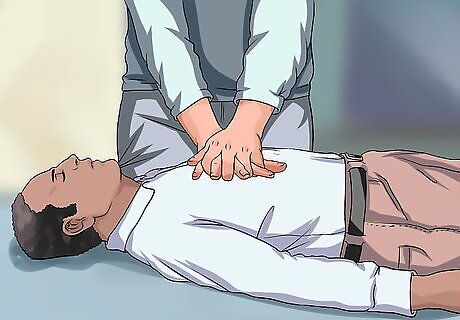
Position your body directly over your hands so that your arms are straight and somewhat rigid. Don't flex the arms to push, but nearly lock your elbows, and use your upper body strength to push.
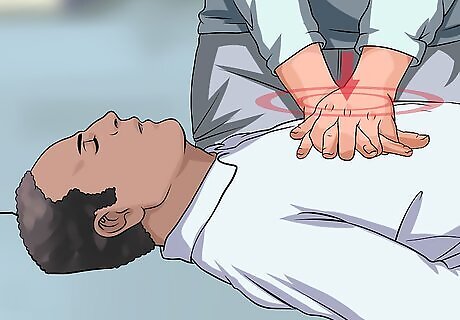
Perform 30 chest compressions. Press down with both hands directly over the breastbone to perform a compression, which helps the heart beat. Chest compressions are more critical for correcting abnormal heart rhythms (ventricular fibrillation or pulseless ventricular tachycardia, heart rapidly quivering instead of beating). You should press down by about 2 inches (5 cm). Do the compressions in a relatively fast rhythm. Some agencies recommend doing compressions to the beat of the chorus of "Stayin' Alive," a 1970s disco hit.
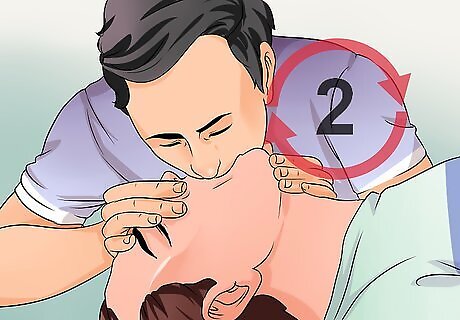
Give 2 rescue breaths. If you are trained in CPR and totally confident, give 2 rescue breaths after your 30 chest compressions. Tilt their head and lift their chin. Pinch their nostrils shut and administer 1-second breaths mouth-to-mouth. Make sure you breathe slowly, as this will make sure the air goes in the lungs. If the breath goes in, you should see the chest slightly rise and also feel it go in. Give a second rescue breath. If the breath does not go in, re-position the head and try again.
Continuing the Process Until Help Arrives
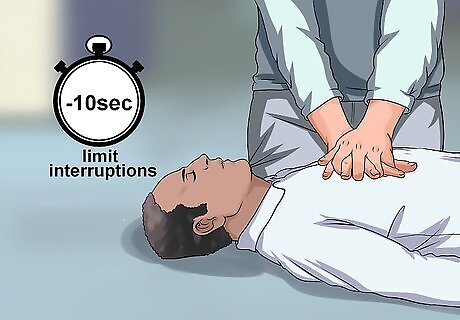
Minimize pauses in chest compression that occur when changing providers or preparing for a shock. Attempt to limit interruptions to less than 10 seconds.
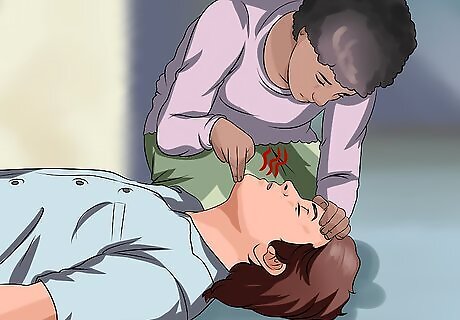
Make sure the airway is open. Place your hand on the victim's forehead and two fingers on their chin and tilt the head back to open the airway. If you suspect a neck injury, pull the jaw forward rather than lifting the chin. If jaw thrust fails to open the airway, do a careful head tilt and chin lift. If there are no signs of life, place a breathing barrier (if available) over the victim's mouth.
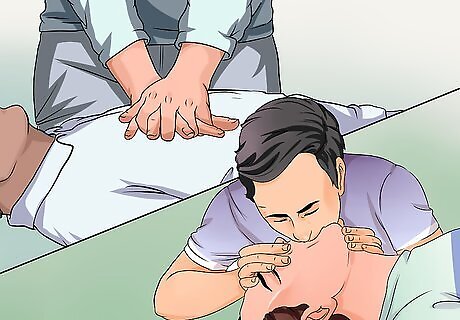
Repeat the cycle of 30 chest compressions followed by 2 rescue breaths. If you're also doing rescue breaths, keep doing a cycle of 30 chest compressions, and then 2 rescue breaths; repeat the 30 compressions and 2 more breaths. Continue CPR until someone takes over for you or emergency personnel arrives. You should do CPR for 2 minutes (5 cycles of compressions to breaths) before spending time checking for a pulse or a rise and fall in the chest.
Using an AED
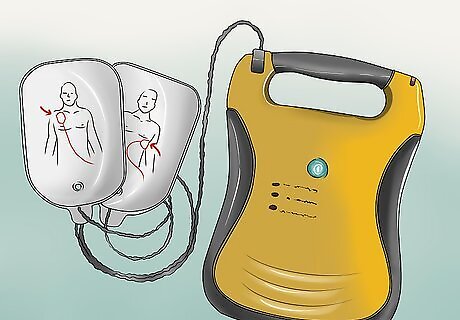
Use an AED (automated external defibrillator). If an AED is available in the immediate area, use it as soon as possible to jump-start the victim's heart. Make sure there are no puddles or standing water in the immediate area.
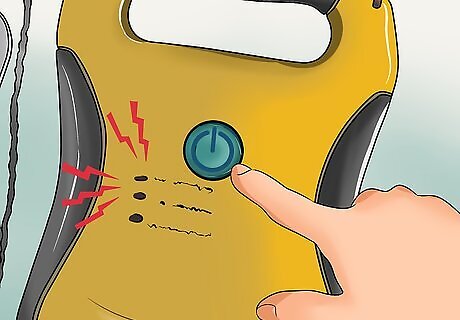
Turn on the AED. It should have voice prompts that tell you what to do.
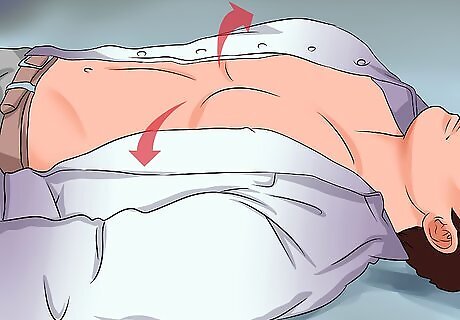
Fully expose the victim's chest. Remove any metal necklaces or underwire bras. Check for any body piercings, or evidence that the victim has a pacemaker or implantable cardioverter defibrillator to avoid shocking too close to those spots. These are usually marked with a medical bracelet, but may they may not have one. Make sure the chest is absolutely dry and the victim is not in a puddle. Note that, if the person has a lot of chest hair, you may need to shave it, if possible. Some AED kits come with razors for this purpose.
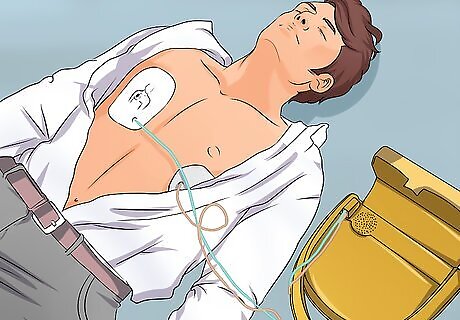
Attach the sticky pads with electrodes to the victim's chest. Follow the instructions on the AED for placement. Move the pads at least 1 inch (2.5 cm) away from any metal piercings or implanted devices. Make sure no one is touching the person when you apply the shock. Loudly shout, “Stand back!” before administering the shock.
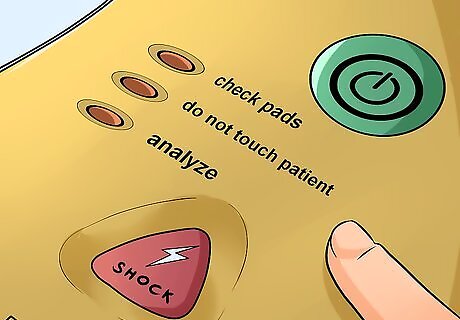
Press analyze on the AED machine. If a shock is needed for the patient, the machine will notify you. If you do shock the victim, make sure no one is touching him or her.
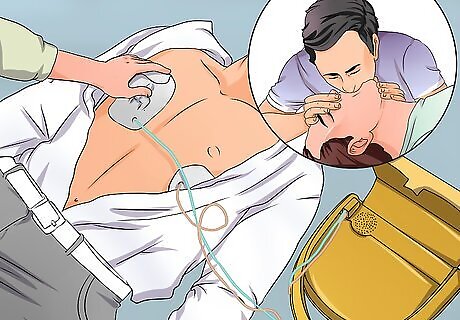
Do not remove pads from the victim and resume CPR for another 5 cycles before using the AED again. Stick on adhesive electrode pads are intended to be left in place.
Putting the Patient in Recovery Position
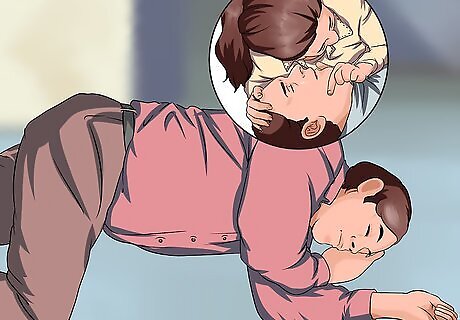
Position the patient only after the victim has been stabilized and is breathing on his/her own.
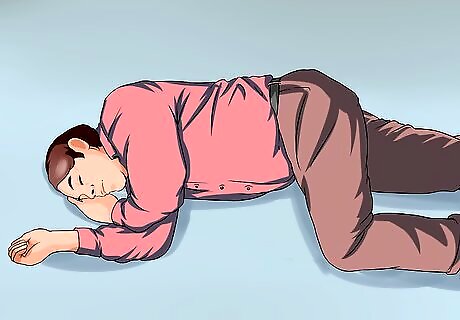
Flex and raise one knee joint, push the victim`s hand that's on the opposite side from the raised knee, partially under the hip with the straight leg. Then position the free hand onto the opposite shoulder, and roll the victim onto the side with the straight leg. The raised knee/bent leg is on top and helps stop the body from rolling over onto the abdomen. The arm with the hand tucked under the edge of the hip is kept from sticking out in the way when rolling the patient onto that side.
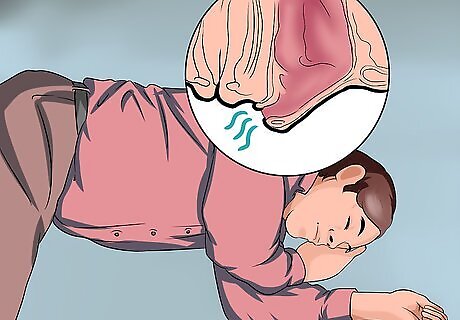
Use the recovery position to help the victim to breathe more easily. This position keeps saliva from accumulating in the back of the mouth or throat, and helps the tongue to hang to the side without it falling/flopping into the back of the mouth and obstructing the airway. This position is important for near drownings or overdose if there is a risk of vomit.


















Comments
0 comment